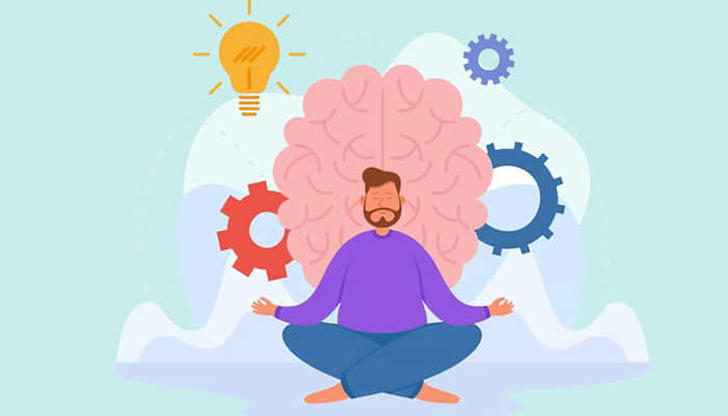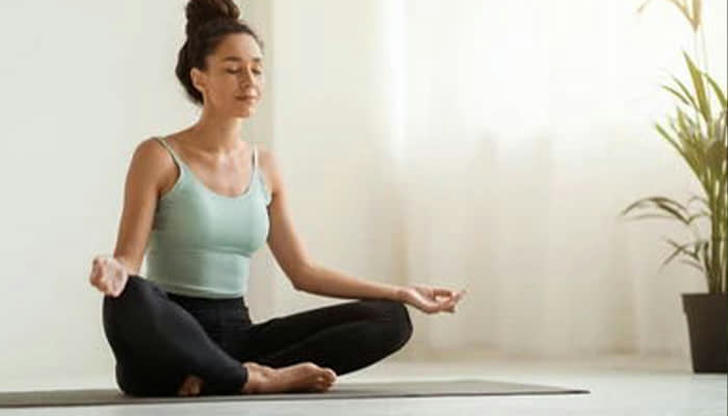How to Meditate in 7 Simple Steps (Beginner Friendly)
Advertisement

Meditation is a great way to relax your mind and boost your focus. Studies show that taking 10 minutes each day to focus on your breath and your body can improve working memory and even change your brain's structure and function. It can lower stress levels, and boost your immune system, and you don't need to be a seasoned meditator or an expert to see positive effects. This article breaks down the key steps to get you started with meditation, so even beginners can quickly reap the benefits.
1. Create a Comfortable Space

Before diving into meditation, it's crucial to set up a cozy environment. Find a quiet spot away from noise and distractions to help you feel at ease and peaceful. You can light some incense or candles, or play soft music to create a relaxing atmosphere.
2. Keep a Comfortable Sitting Position

Pick a sitting position that feels good for you, as you'll be holding it for the duration of your meditation. You can sit cross-legged on the floor or on a chair with your back straight and shoulders and neck relaxed. This posture helps maintain focus and comfort.
3. Breathe Naturally

Breathing is a central part of meditation, as it's a tangible experience happening right now. Observing your breath can bring you back to the present and help you feel alive. Notice the sensations in your nostrils as you inhale and exhale, or the rise and fall of your belly. Don't force yourself to breathe hard. Just let it flow naturally and stay relaxed and comfortable.
4. Feel Your Body

Meditation is grounded in physical sensation and experience, which can clear your mind and reduce mental stress. Focus on the changes in your spine as you breathe, keeping your sitting bones stable, and notice any changes in your muscles.
5. Observe Your Thoughts

Your thoughts are just thoughts. They don't define who you are. "I'm stupid" and "I notice I'm thinking I'm stupid" might sound like the same thing, but recognizing the latter gives us more freedom. We don't track our thoughts directly but observe our breath and then notice when thoughts arise.
6. Listen to Sounds

Listening to the sounds around you without analyzing or judging them is another effective form of meditation. Whether it's the chirping of birds or the hum of traffic, it's all just vibrations in the air.
7. Give Space to Emotions

It's easy to acknowledge pleasant emotions, but when we're in pain, admitting our feelings and giving them space can be tough. Meditation requires continuous practice to challenge our instincts. Rejecting, ignoring, or controlling negative emotions might work at the moment, but they often resurface or harm us in subtle ways. In meditation, give space to all emotions. Acknowledge them, coexist with them, and expand your awareness so that negative emotions are just a part of your consciousness, not the whole.
When you feel it's time to end your meditation (try 10 minutes for your first go), slowly open your eyes and hold the silence for a few seconds. Then, gently move your body and rise from your meditative spot. Gradually return to your daily life, carrying the inner peace and relaxation with you as you continue your activities.



